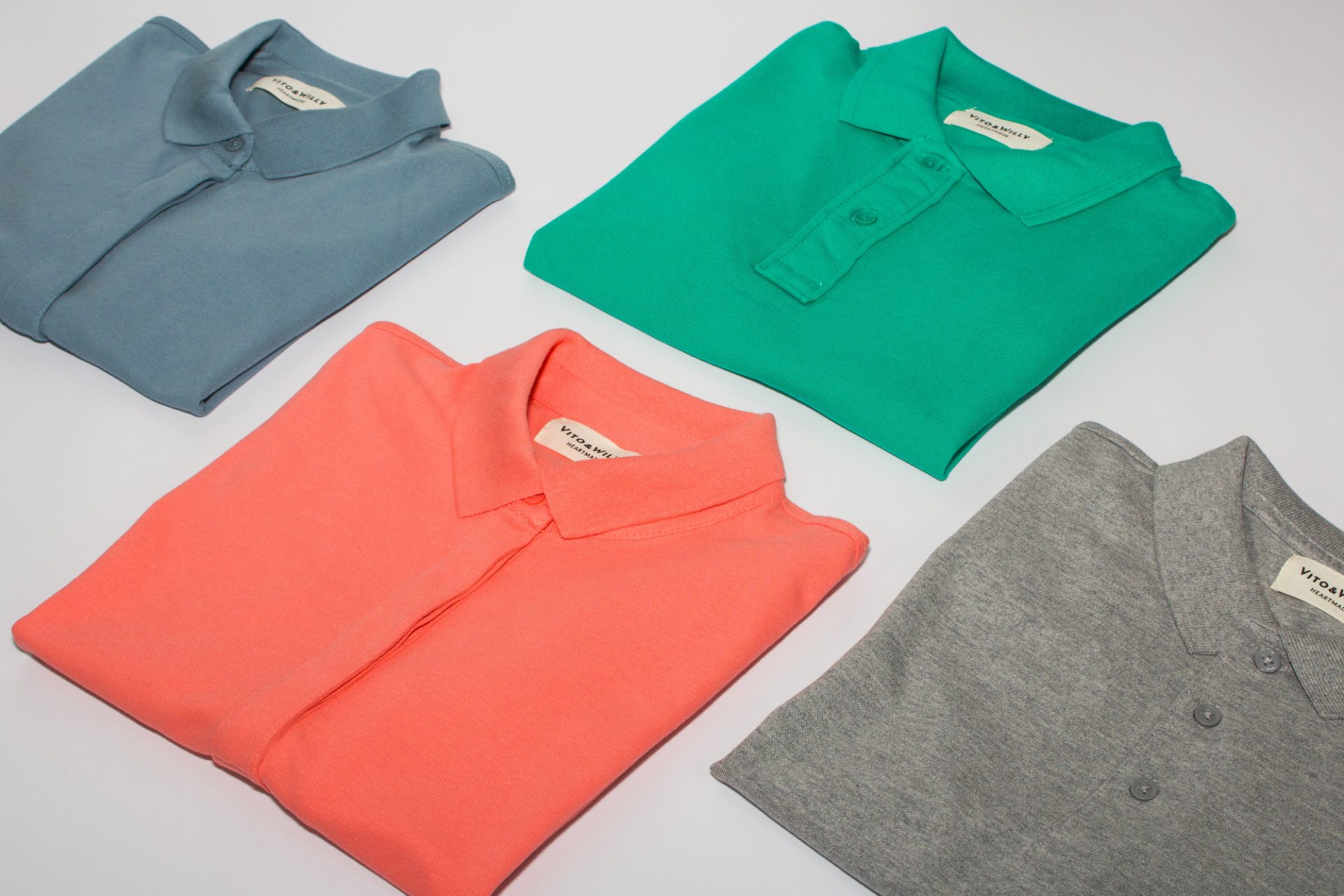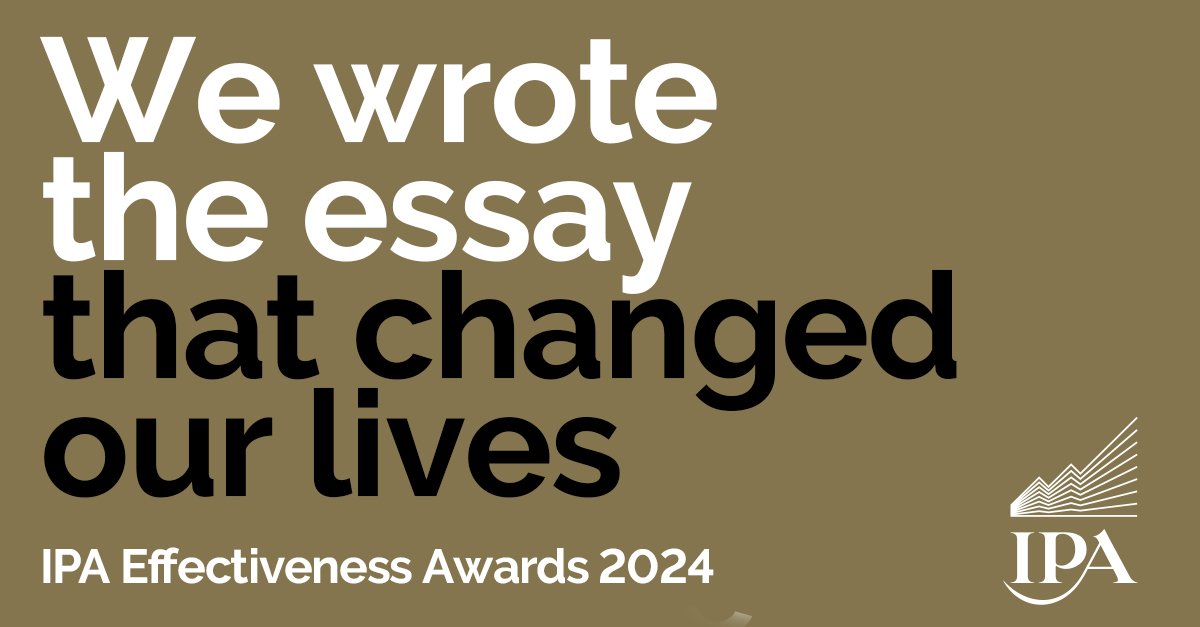One of the many sad facts of the pandemic has been that it has created winners and losers. Many suffered from business closures – first temporary, then permanent. But those whose income and revenue streams were able to move to the new world of online and work-from-home have amassed considerable savings. This pool of pent-up savings is said to be worth around £200 billion (campaign live). And it’s set to flood back into circulation through Q’s 3 and 4 2021 and into next year. Advertisers are predicting strong sales as customers unleash their lockdown tension and go consumer-crazy, treating themselves with some post lockdown luxury.
The fashion industry’s resurgence is already in full swing. In the US sales surged in June over the previous month, and 47% higher than the same time last year.
Naturally sales were expected to rise after restrictions to shops and other public entertainment spaces lifted. However sales have grown well above their pre-pandemic levels, rising 15.5% over the same period in June 2019.
Over the past year many fashion brands have grown more confident in their sales channels. Social selling, a broader range of marketplaces to trade on and their own D2C sites have boosted brand survival. This new digital shopfront has created the foundations for an entirely new consumer landscape. Prompting some brands to question how they prioritise retail partners in a wider ecosystem. Should they hold onto more profit margin negotiating power or dedicate ad spend to directing traffic to retailer sites, despite their own channels performing well?
It is here that agencies can really add value. Spirits are beginning to rise and trigger an upswing in interest in wellness products and lifestyles. We are holding onto the good habits formed by all those Joe Wicks routines, and a million other good-living influencers who filled the content voids of the long lockdowns.
But what does that look like when it mixes with all the possibilities of a world reopened?
Post -pandemic attitudes are arriving before the pandemic itself is really over. Fashion-forward commentators are pinpointing ‘responsible hedonism’ as a new trend – an alternative to the narrow lockdown lives we nearly normalised.
People are newly optimistic, chasing their dreams with the wisdom and patience to understand that being surrounded by others who are happy and cared for leads to significant life improvements. Short term pleasure and conspicuous consumption are being substituted for lifestyles, attitudes and personal investments in luxury brands that are creating a world for sustainable happiness.
Spending habits for the well off have also become more conscious, with many opting for goods and services that help the world to become a better place. With egocentric out and ecocentric in, luxury brands who source fairly-traded and planet-positive products will appeal to people who have a bigger hunger than ever for things that make their world more delightful – but for whom sustainability is non-negotiable.
Look for this trend to continue to grow throughout the second half of the year. With brands making more of a considered approach in their marketing efforts, making sure to appeal to people with more post-pandemic residual income.
Now is the time to reflect this consumer understanding. Brands must communicate in local and precise terms, talking about concrete benefits for specific consumers based on their circumstances and what they really care about.
It will also take a redevelopment of the spaces where people gather to shop. The out of town shopping mall is not coming back, but the town-centre pop-up mall is just getting started. Marketing by geo should be baked-in to your campaigns, city by city, postcode by postcode. It may even mean adjusting messaging communications store by store. Beyond geographical awareness, brand messages need to be personally relevant. Aligning to an individual’s situation and values, as opposed to demographically. Creating a personal, human connection within any commercial message requires smart segmentation that describes people according to multiple needs and pressure points that influence their purchasing behavior.
The overlap of restructured personal consumer lifestyles and physical consumer spaces is where the premium and luxury brands of the 2020s will redraw what it is to shop. And what it is to live well.
For media strategies that are up the new challenges- and opportunities – of the new economic normal – get in touch!




